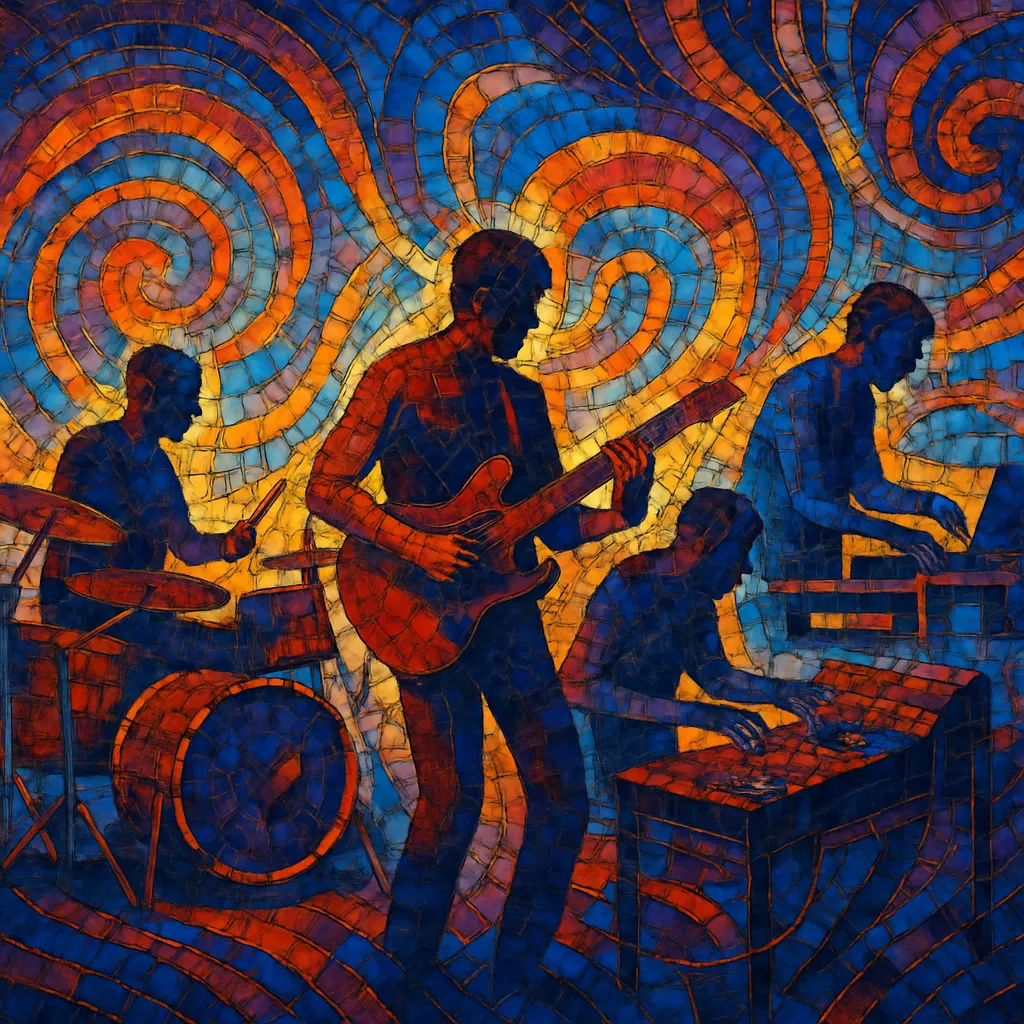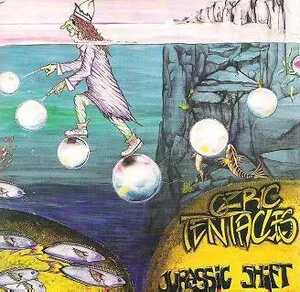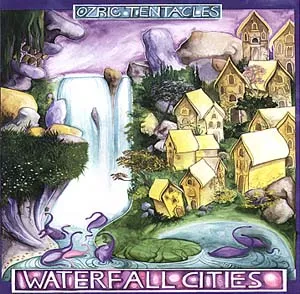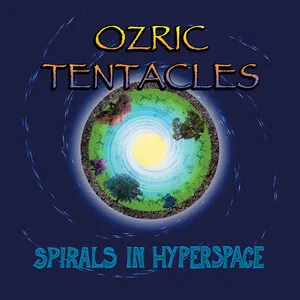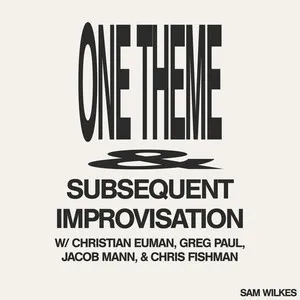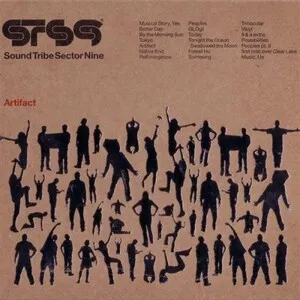Livetronica (sometimes called jamtronica) blends the improvisational ethos and extended forms of jam bands with the grooves, textures, and production techniques of electronic dance music.
Typical performances feature live drums, bass, guitars, and keyboards synchronized with sequencers, samplers, and software such as Ableton Live. Sets emphasize continuous, dance‑floor‑oriented flow, real‑time looping, filter sweeps, build‑ups/drops, and seamless transitions, drawing on house, trance, drum and bass, breakbeat, funk, jazz, and rock.
The result is club‑energy electronic music delivered with the spontaneity, interplay, and dynamics of a live band.
Livetronica emerged in the late 1990s in the United States as jam‑scene musicians began adopting the tools and forms of electronica. Acts like The Disco Biscuits (often using the term “trancefusion”), STS9 (Sound Tribe Sector 9), and The New Deal fused live instrumentation with sequencers and synths, stretching dance grooves into improvisational journeys.
Through the 2000s, the sound spread across the North American festival circuit. Bands such as Lotus, EOTO, and Pnuma Trio refined real‑time looping, on‑the‑fly arrangement, and continuous sets more typical of DJs than rock bands. The community infrastructure of jam festivals and club residencies helped the style develop extended, audience‑responsive performances that could pivot among house, trance, breakbeat, and drum and bass within a single set.
In the 2010s, livetronica intersected with bass music, future‑funk, and indie dance. Projects like Big Gigantic and Papadosio emphasized melodic hooks, horn/synth leads, and polished live production, while others maintained a more exploratory, improvisational approach. As live electronic rigs became more stable and syncable, the genre continued to blur the line between a DJ set and a band performance, influencing wider indie electronic and live‑EDM practices.
Aim for dance‑floor continuity with live improvisation. Think like a DJ (groove, tension/release, transitions) while playing like a band (interaction, dynamics, solos).

